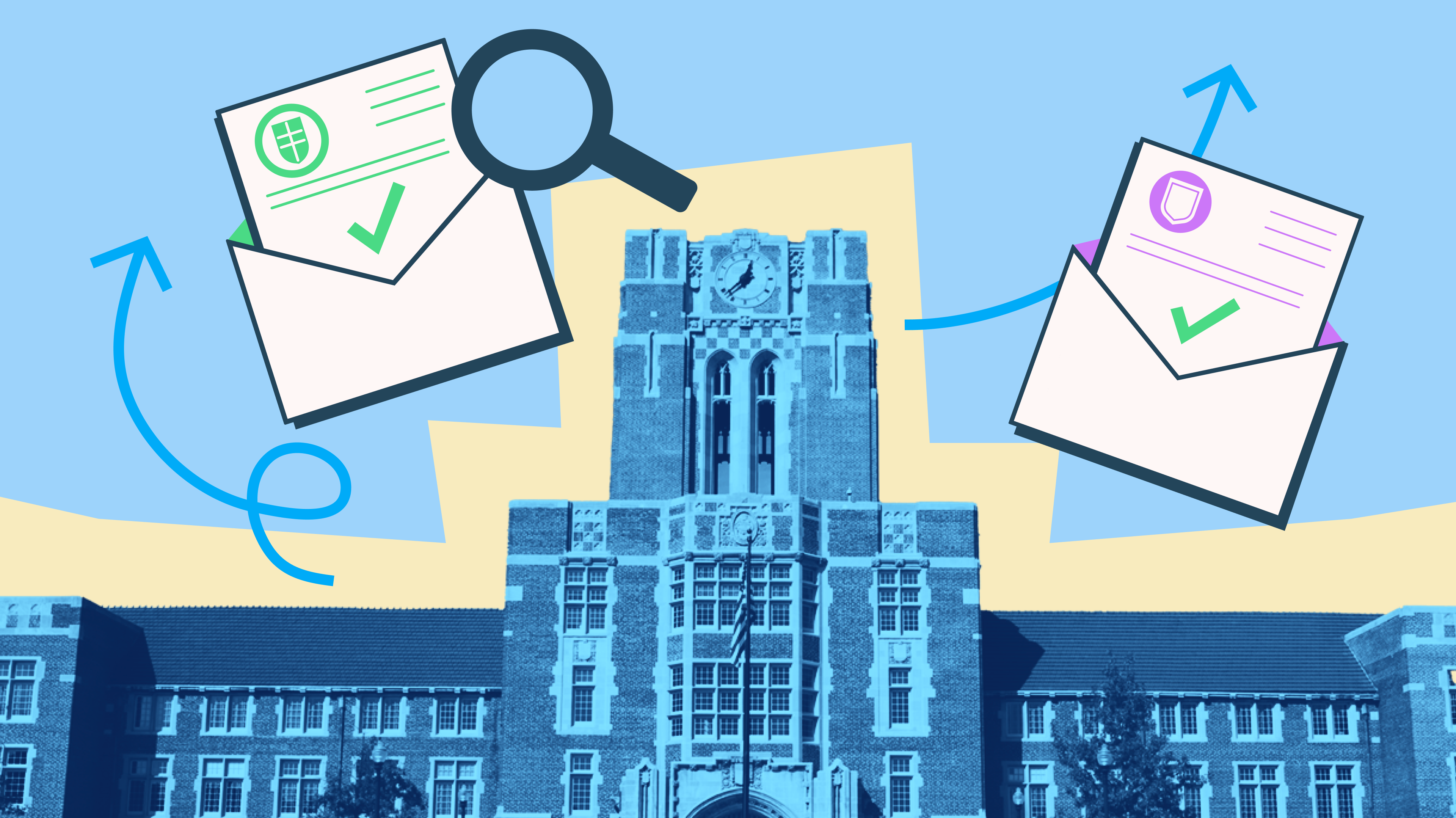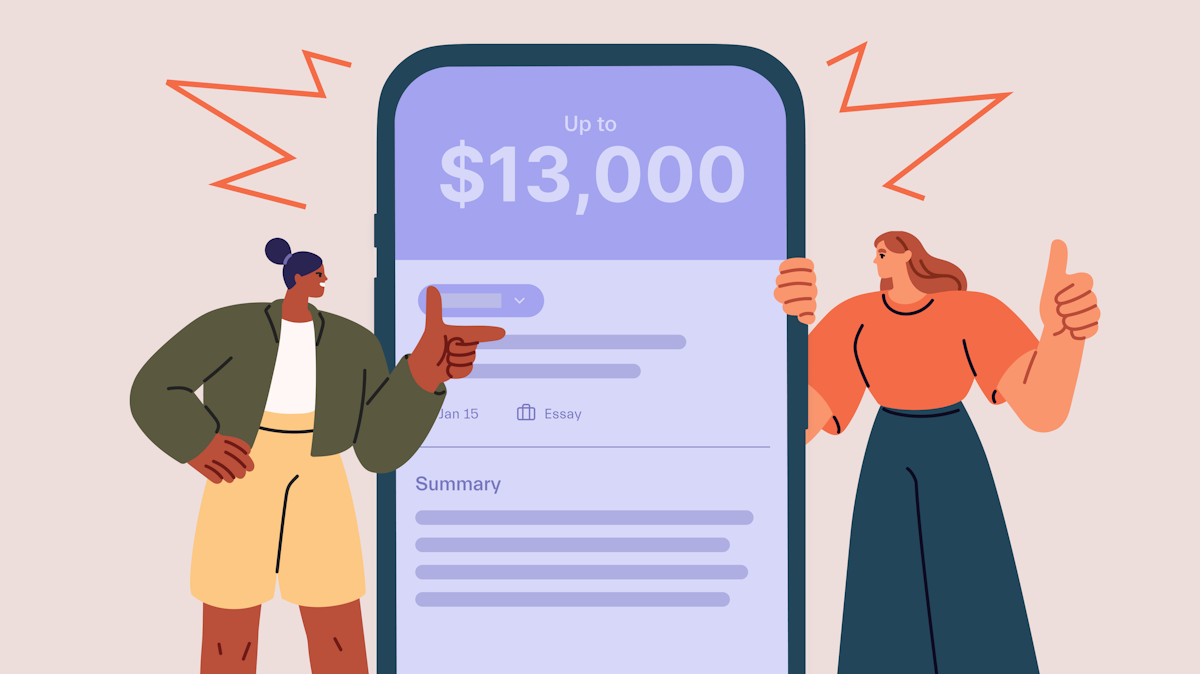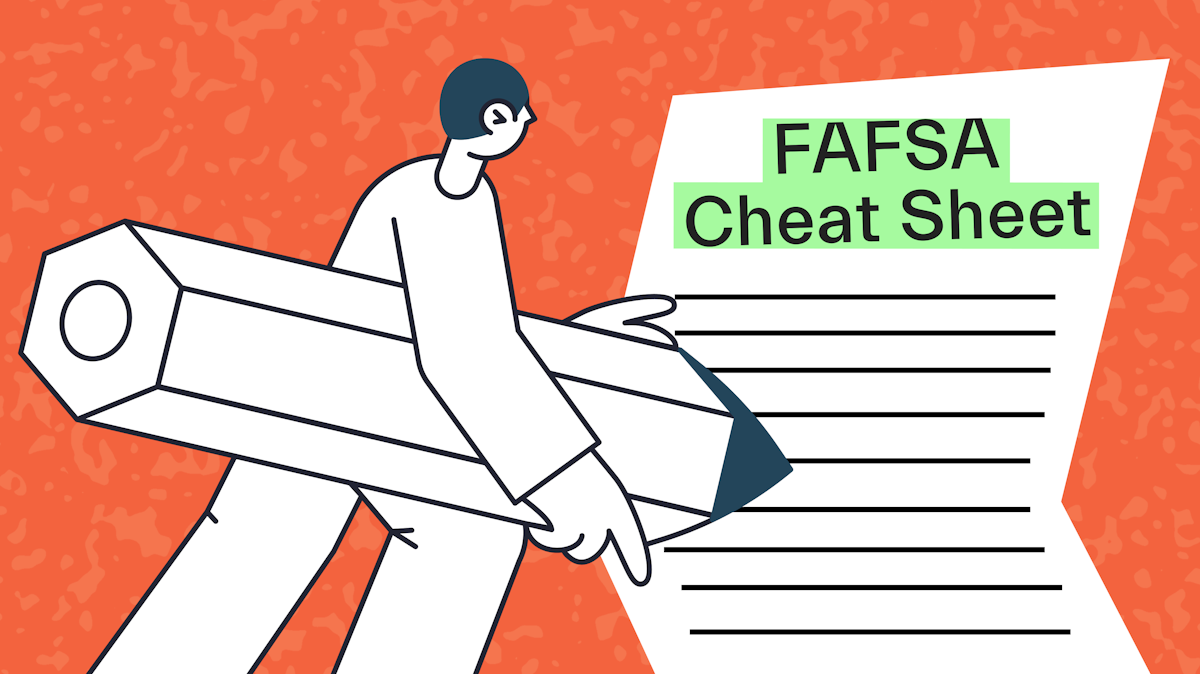Financial Aid •
Understanding your financial aid offer
Every spring, colleges send out financial aid offers. Here’s how to make sense of yours.

February and March can be a really great time for high school seniors: It’s when tons of colleges send out their acceptance letters. But after some (well-deserved) celebration comes to an end, it’s time to take a close look at your financial aid award package.
If you’re an incoming freshman, you should get your financial aid award around the same time you get your acceptance letter. In sophomore, junior, and senior year, you resubmit FAFSA and get updated financial aid offers. Here’s what they’ll include:
The Cost of Attendance (COA)
The amount it costs to attend one year of school without any financial aid. The COA is made up of direct costs (like tuition) and indirect costs (like textbooks).
However, the COA usually isn’t the amount you’ll actually end up paying, since it doesn’t factor in your financial aid. One Forbes article quotes the National Center for Education Statistics with the information that “87% of first-time, full-time undergraduate students were awarded financial aid for the 2019-2020 school year.” [5]
Scholarships and grants
Money from the government and your school that you don’t have to pay back. This goes directly toward your tuition.
Net cost
The amount your school expects you to take care of yourself. Basically, it’s your COA minus your scholarships and grants.
Work study
An opt-in opportunity to find a campus job that’ll help pay your tuition. If you accept a work study offer, you usually still have to find and apply to a job yourself.
Loans
Money that you have to pay back after a certain amount of time, often with interest (which means you pay back more money than you get).
You don't have to take out loans just because they’re included in the offer—your offer will let you choose which aid you want to accept and which you don’t. According to the Federal Student Aid site, you should prioritize loans last, after scholarships and work study. [2]
Directions, a deadline, and contact details
What this looks like will vary from school to school, but your offer should tell you:
How to officially accept or reject the aid.
When you need to respond by.
Who to contact for more information.
If your offer doesn’t cover enough, you can always ask for more aid. To make an appeal, reach out to the college’s financial aid office, let them know about any life circumstances you have that will make it difficult to pay for school, and ask whether they can offer you any more institutional grants or scholarships.
If you get accepted by more than one college, you should compare your aid offers carefully—the net costs in particular. With a good enough aid package, a college with a higher tuition might end up being cheaper to attend.
You can also use a good financial aid offer from one college as leverage to appeal to another college for more financial aid.
In Conclusion
If you’ve got questions about financial aid or need help comparing your offers, Mos has a database of specialized information and a team of Financial Advisors that can help!
Sources
Let's get
your money
- Get paired with a financial aid expert
- Get more money for school
- Get more time to do you




